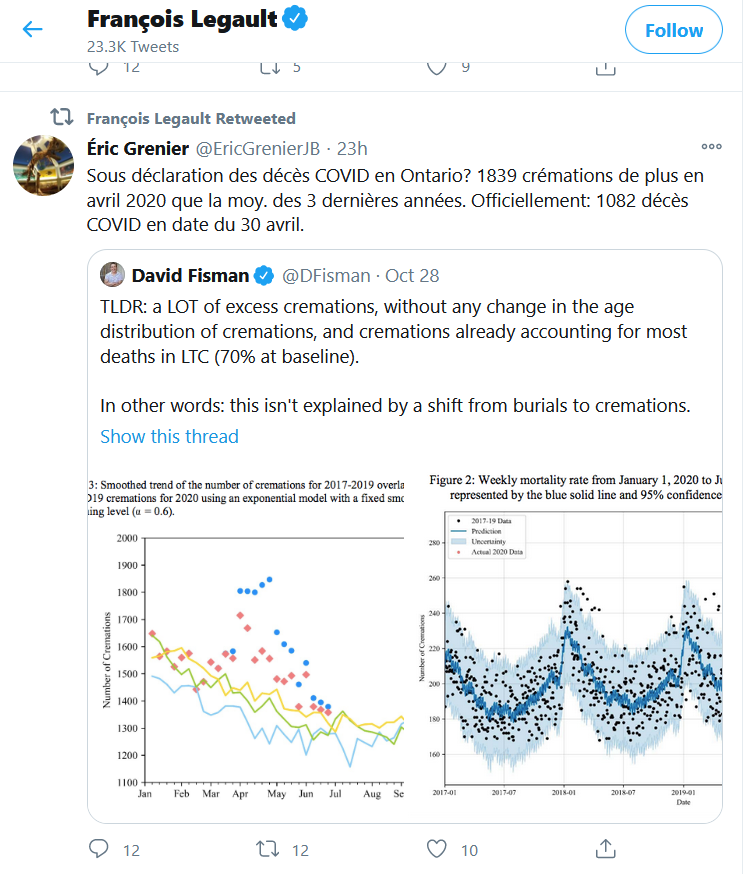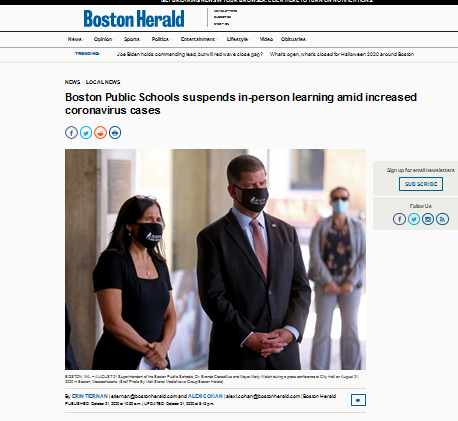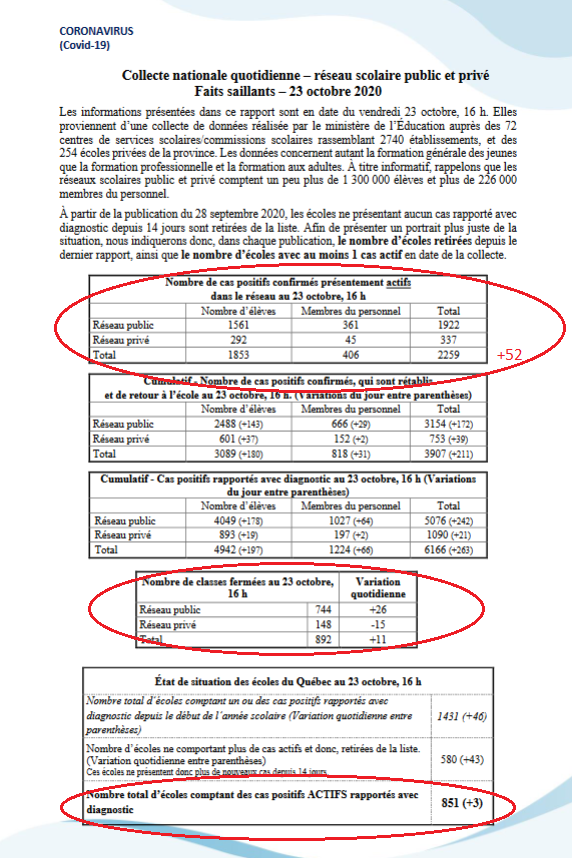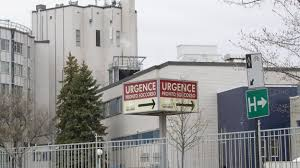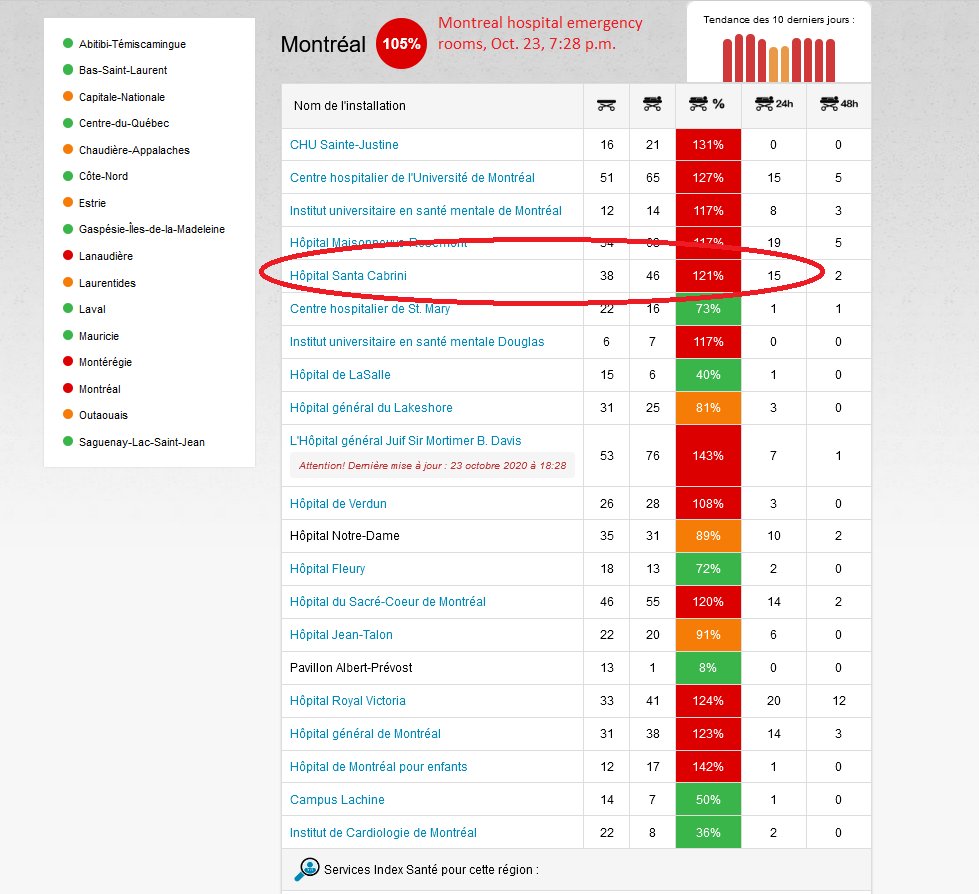
1) Montreal on Tuesday reported mixed results in the #pandemic, with #COVID19 cases increasing, but the number of outbreaks in the workplace dropping from a week ago. In this thread, I will try to make sense of these conflicting trends during the second wave.
2) The chart below released late Tuesday afternoon by the Montreal public health department shows that 196 workers have tested positive for the #coronavirus, down by 50 from Oct. 20. What’s more, the number of #COVID19 clusters has decreased by 10 to 58. 
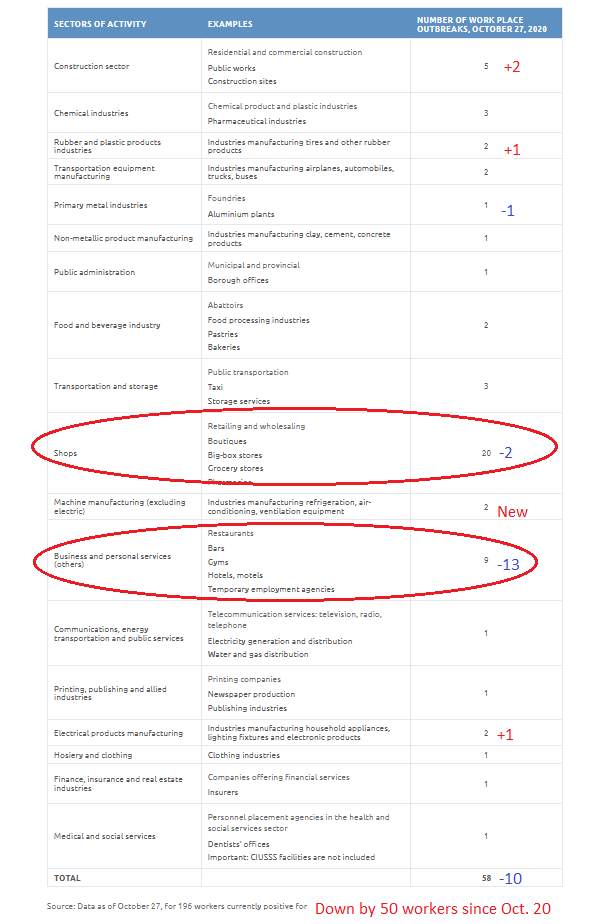
3) The workplace category that is observing the most dramatic drop (13 fewer outbreaks) includes restaurants, bars, gyms, hotels, motels and temporary employment agencies. That stands to reason, since the government closed restos, bars and gyms on Oct. 1.
4) In contrast, the number of #COVID19 clusters in the construction sector has gone up by two to five, suggesting that workers may not be maintaining a distance of two metres from each other or wearing masks. There are many anecdotal reports of such workers flouting the rules.
5) These results demonstrate the partial lockdown is working for the most part, and the decision to extend it for another four weeks makes sense. Imagine what the impact might have been on community transmission had restaurants, bars and gyms been allowed to reopen this week.
6) But Montreal is still very much a red zone, posting 319 #COVID19 cases Tuesday, up from 207 the day before, despite a drop in testing. There’s also the concern some people are refusing to get tested, suggesting the city’s positivity rate may be higher.
montrealgazette.com/news/local-new…
montrealgazette.com/news/local-new…
7) At the neighborhood level, the health district comprising the city centre — Côte-des-Neiges, downtown and Parc-Extension — counted 107 new cases after two days of numbers below a dozen. In Parc-Ex, some low-paid workers are refusing to get tested for fear of losing their jobs. 
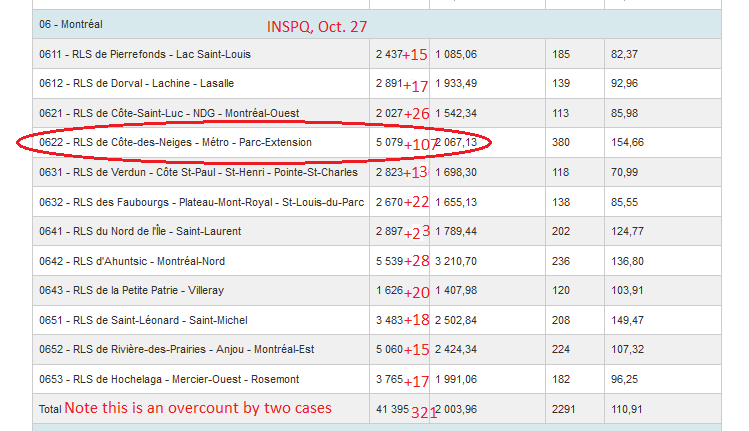
8) Montreal’s hospitals are increasingly vulnerable during the #pandemic's second wave, with #COVID19 outbreaks at St. Mary’s and Santa Cabrini Hospitals. In addition, the city’s ERs are overflowing with mostly non-COVID patients but infected ones, too. See the chart below. 
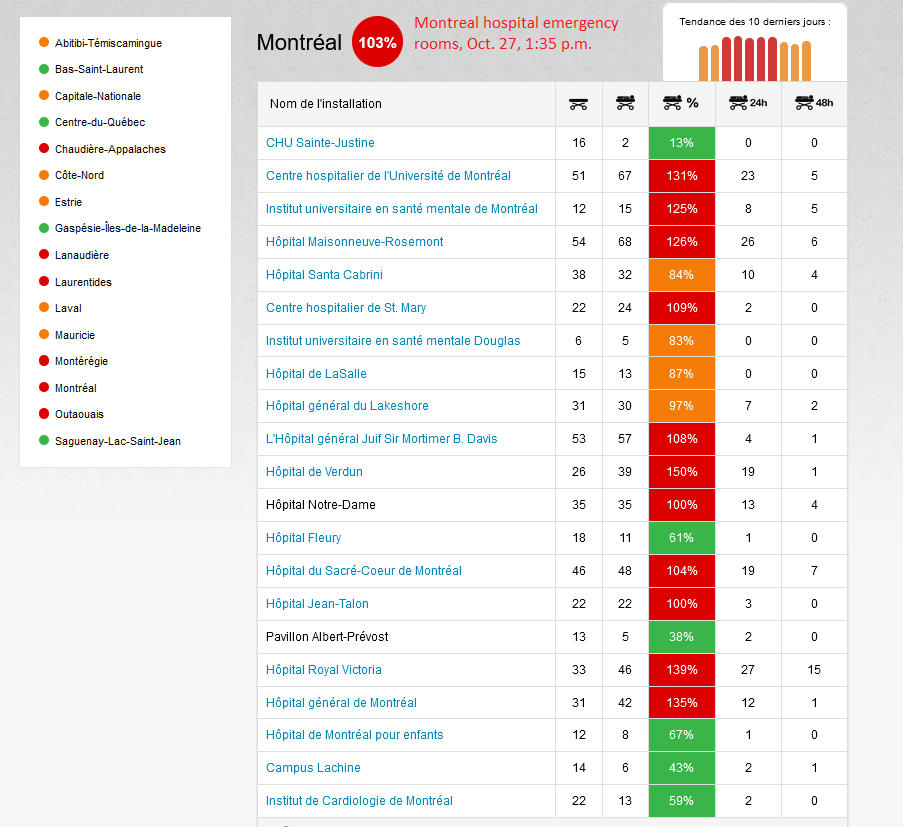
9) Meanwhile, schools across Quebec are witnessing what appears to be a #COVID19 resurgence. The Education Ministry has confirmed 46 new active cases since Monday, 41 more shuttered classes and an astonishing 89 more schools with at least one case. Take a look at the below. 
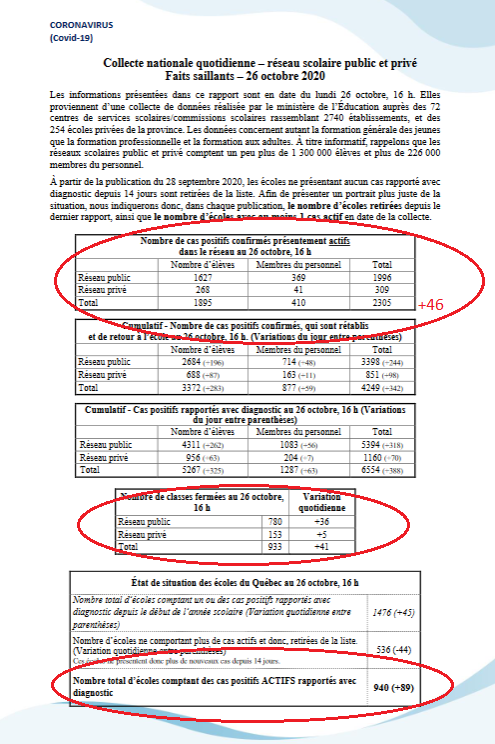
10) Finally, the metropolis added three more #COVID fatalities to a death toll of 3,518. That's 15 more than all of Ontario. With deaths and cases rising, plus more infections in schools, no wonder Premier Legault prolonged the lockdown for another four weeks. End of thread. 
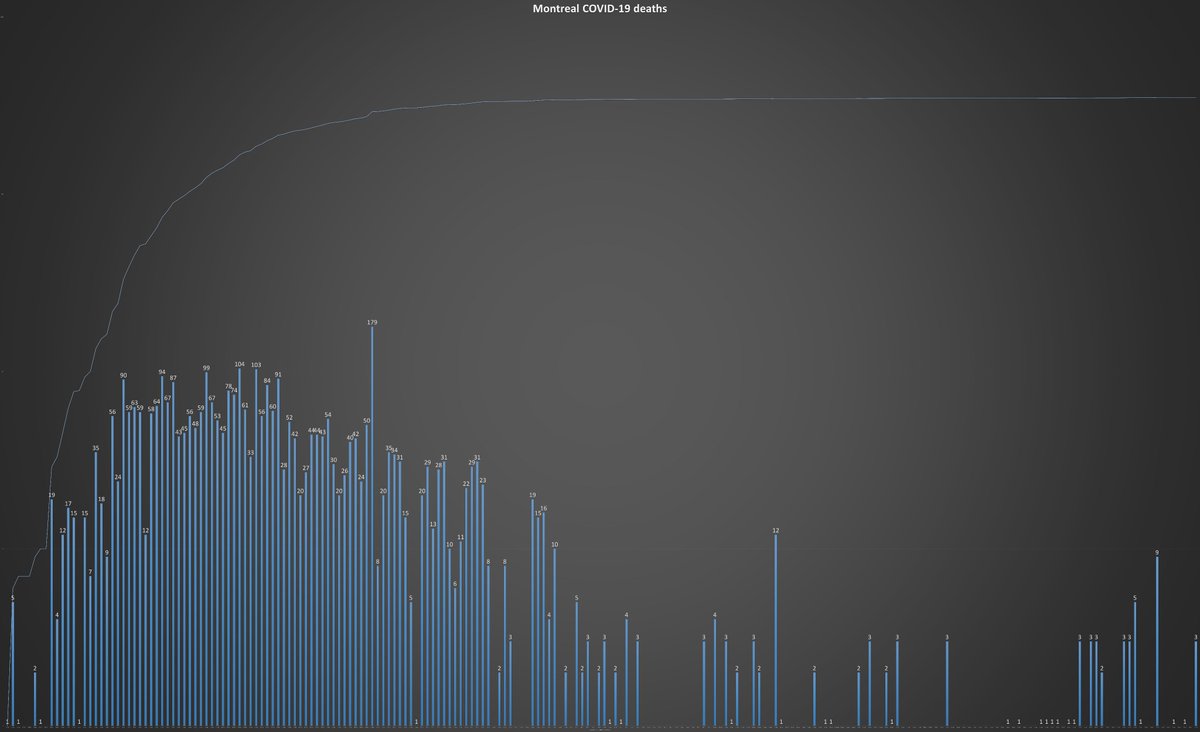
• • •
Missing some Tweet in this thread? You can try to
force a refresh

